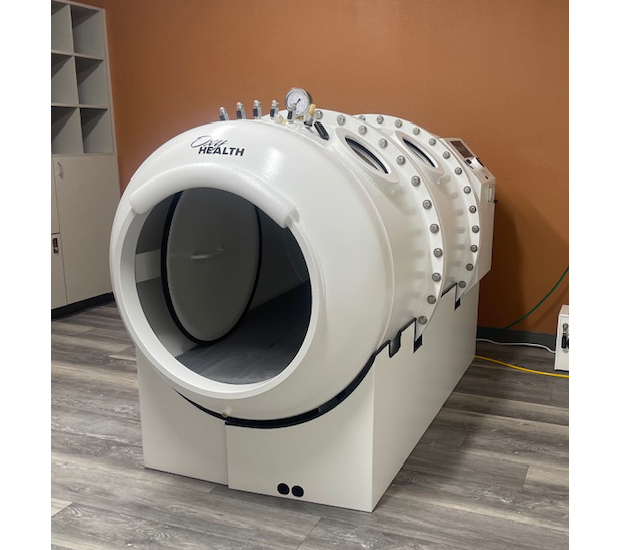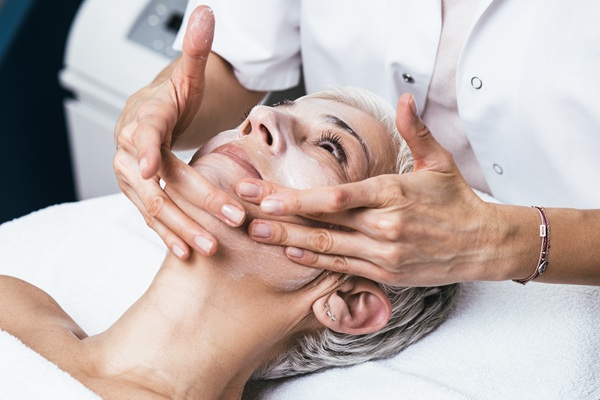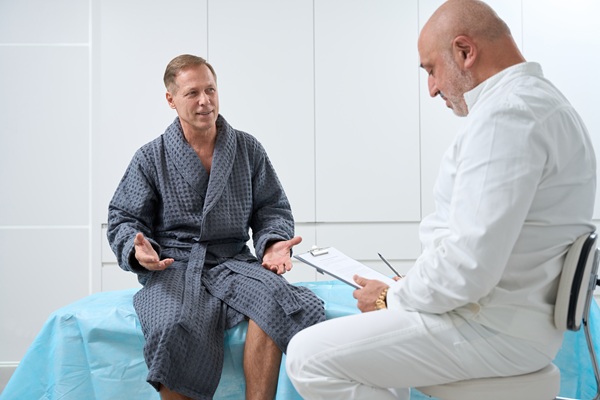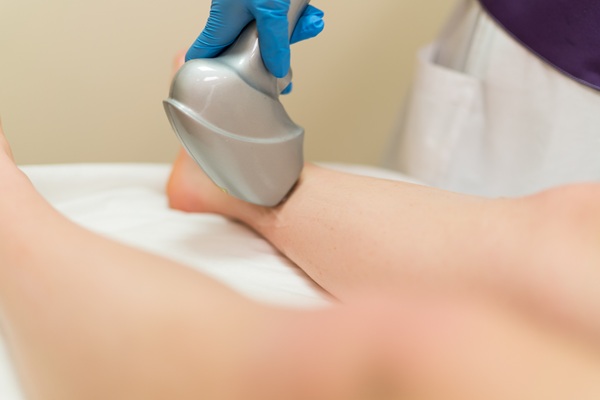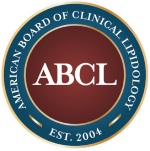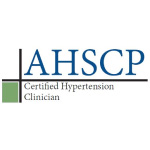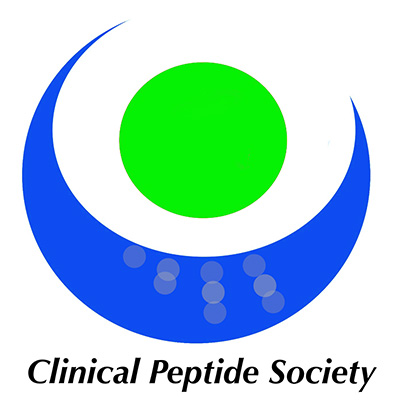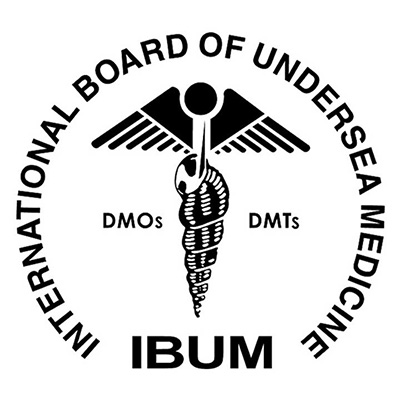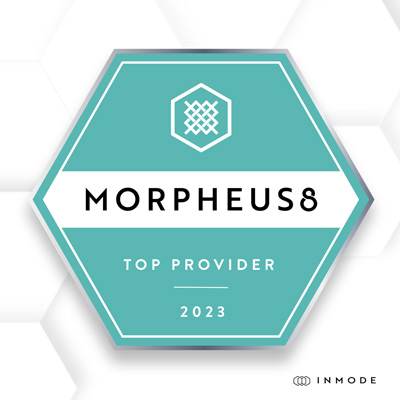Hyperbaric Oxygen TherapyLas Vegas, NV
Whether they are temporary or chronic, injuries and illnesses are issues for many people. Some may be mild, while others may significantly affect an individual’s daily life. Although many search for and try various treatments to ease their symptoms, there are times when traditional methods do not work effectively. Fortunately, hyperbaric oxygen therapy offers an alternative treatment option, boosting the body’s healing process by encouraging oxygen-rich blood to reach injured tissues.
At Las Vegas Medical Institute, we provide hyperbaric oxygen services. Our team will assess your unique needs and develop a treatment plan tailored to you and your treatment goals. To learn more about our services or schedule an appointment, call our Las Vegas office at (702) 577-3174 today.
What Is Hyperbaric Oxygen Therapy?
Hyperbaric oxygen therapy (HBOT) centers around breathing a high dose of oxygen in a pressurized room or chamber. These conditions charge patients' bodies with up to twice the amount of oxygen they usually breathe. Thus, this treatment can have powerful healing effects on the body.
When a person is in a hyperbaric oxygen chamber, their lungs can take in significantly more oxygen than they usually would in their everyday environment. After the lungs absorb this oxygen, the patient’s blood carries it throughout the body. This oxygenated blood can help stimulate the immune system and fight bacteria. It can also create growth factors and stem cells.
The Role of Oxygen In Healing and Energy Production
Oxygen is essential in keeping humans alive through respiration. However, it is more specifically responsible for a variety of healing and growth processes in the body. It is necessary for fighting bacteria, cellular production, and adenosine triphosphate (ATP) production. Additionally, oxygen assists in growth factors, such as creating new skin.
Additionally, oxygen helps convert liquids and food into energy. The element helps in breaking glucose molecules down into ATP via various processes. This energy energizes the blood cells and allows them to perform their tasks. For example, increasing one’s aerobic ability through endurance training elevates lung capacity, creating more oxygenated blood to aid in muscle function and mitigate lactic acid buildup.
Oxygen not only assists in energy creation and athletic performance but is also a key component in wound healing. A review published in the Journal of Wound Care found that oxygen is essential in the process of wound healing. The review noted that the element’s role was especially integral to the inflammatory and proliferative stages of the healing process. Furthermore, the review added that the research suggested patient supplementation with oxygen could enhance bacterial killing and angiogenesis.
Uses and Benefits of Hyperbaric Oxygen
Our doctor may prescribe hyperbaric oxygen therapy for several injuries or illnesses, including air or gas embolism, carbon monoxide poisoning, decompression sickness, and thermal burns. Additionally, this type of treatment can be used to aid in the recovery from gangrene, crush injuries, traumatic loss of blood flow to the arteries, lingering wounds, and some types of infections. HBOT is an effective tool for helping the body to deliver oxygen-dense blood to tissues in need.
Additionally, hyperbaric oxygen therapy was shown to have positive effects in mitigating symptoms of Alzheimer’s Dementia. A study published in the Journal of Neural Regeneration Research found that HBOT could be useful as a new treatment for Alzheimer’s disease. Furthermore, another study, which was conducted by researchers in two different medical research programs, found that hyperbaric oxygen therapy was significantly effective in improving the brain metabolism of a patient with Alzheimer’s dementia. It not only ceased the symptoms but temporarily reversed them.
There are many benefits that HBOT patients experience. Some of these benefits include:
- Decreased inflammation
- Increased collagen production
- Reduces symptoms of chronic illnesses
- Enhances athletic performance
- Heals harmful infections
- Saves tissue from serious injury
Some also report improved bone regeneration, brain and nerve cell recovery, and immune system function.
What to Expect From Hyperbaric Oxygen Therapy
Patients should shower and avoid cosmetic or styling products before their hyperbaric oxygen treatment session, such as lip balm, lotion, makeup, or hairspray. If the patient smokes, we strongly recommend they quit smoking at least while they are undergoing treatment. Additionally, patients will need to avoid consuming carbonated and alcoholic drinks at least four hours before the session.
If the patient is pregnant, is sick with the common cold or flu, has eaten, has diabetes, or is taking any medication, they have to notify us before their treatment. Regardless, our staff will go through the preparation procedure and will likely ask the patient a series of questions. If they have any issues or questions at that time, we encourage them to bring them up to us before the treatment session begins.
After confirming the patient’s medical history, the treatment session will begin. We will provide the patient with a gown or scrubs to wear in place of their regular clothing during the procedure. For most conditions, the session will last 1 ½ to 2 hours. Our team will monitor patients in the chamber throughout their treatment.
After the treatment session is over, the medical team will assess the patient, looking into their ears and taking their vitals. Due to the pressure in the chamber, some people experience ear pain or a popping feeling. This is usually temporary and will resolve on its own. Additionally, the patient may feel slightly tired or hungry after treatment, but this will typically not affect or limit their typical activities. Hyperbaric oxygen therapy is typically performed as an outpatient procedure, so once the medical team clears them, they can get dressed in their regular clothes and leave.
Follow-up Care
In general, patients will undergo HBOT sessions every day, up to five days a week. It is important to stay consistent with HBOT, as it requires the correct oxygen pressure and timing to balance the oxidative and antioxidative effect. Unlike other treatments, HBOT’s efficacy relies on regular interrupted sessions, requiring consistent exposure over time to yield the patient’s desired results. Following the treatment plan as consistently as possible ensures the body receives the necessary oxygen levels to improve health and overall quality of life.
The number of treatment sessions will vary from patient to patient and depend on their condition, overall health, and treatment goals. For example, some conditions like carbon monoxide poisoning may be treated with two or three sessions. Meanwhile, non-healing wounds may require at least 20 to 40 sessions. Our team works with each patient throughout the process to ensure their treatment plan aligns with their unique needs and goals.
Call Us Today
We aim to provide patients with a system optimized for vital living through vitamin repletion, purification, detoxification, anti-aging medicine, and longevity practices. Our team at Las Vegas Medical Institute can help patients improve their injuries and chronic conditions with hyperbaric oxygen therapy. Call our office at 702-577-3174 to schedule an appointment or learn more about services.
Questions Answered on This Page
Q. What is hyperbaric oxygen therapy?
Q. How does oxygen affect energy levels and production?
Q. What can hyperbaric oxygen be used to treat?
FAQs
Q. What is hyperbaric oxygen therapy?
A. Hyperbaric oxygen therapy (HBOT) involves putting a patient in a chamber that is oxygenated and pressurized. The combined effect of these two components results in oxygen-rich blood. This blood travels to areas that need it, which typically results in expedited healing and recovery.
Q. What are the benefits of hyperbaric oxygen therapy?
A. HBOT can treat embolism, carbon monoxide poisoning, wound healing, decompression sickness, and more. The additional reported benefits are numerous and may include decreased inflammation, oxygenated tissue, increased collagen production, detoxification, angiogenesis, and healing of harmful infections.
Q. What types of hyperbaric chambers are there?
A. There are two main types of chambers: monoplace and multiple. Monoplace chambers accommodate one person, while multiplace chambers are designed to hold multiple people at one time. Multiplace chambers deliver oxygen to each individual through a mask or hood.
Q. What are some possible side effects of hyperbaric oxygen therapy?
A. Side effects may include barotrauma and changes in vision, both of which are usually temporary. We recommend mitigating barotrauma using an ear-clearing technique, and if patients are unable to do so, tubes may be inserted into the ears. If any vision changes occur, they should be temporary.
Q. Are there long-term complications of hyperbaric oxygen therapy?
A. HBOT is a generally safe procedure, with most mild side effects resolving on their own in a few hours or days. However, two of the more-serious complications include lung collapse or seizures from too much oxygen in the central nervous system. These complications are rare but important to be aware of. If you are concerned about the long-term effects of HBOT, our team is here to address your questions and concerns.
Call Us Today
If you live in the Las Vegas area, call 702-577-3174 for an appointment in our Las Vegas office.
About our business, license, and website security
- Las VegasMedical Institute was established in 2025.
- We accept the following payment methods: American Express, Cash, Discover, MasterCard, and Visa
- We serve patients from the following counties: Clark County
- We serve patients from the following cities: Las Vegas, Summerlin, Spring Valley, Los Prados, Winchester, and Paradise
- Norton Safe Web. View Details
- Trend Micro Site Safety Center. View Details
